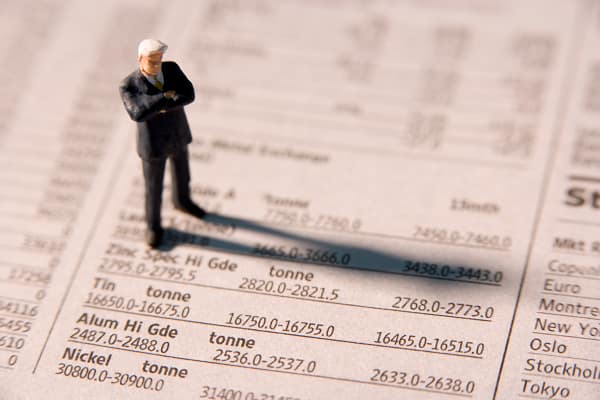Data released by HMRC today revealed that around £72 billion was subscribed to adult ISAs in the 2020 to 2021 tax year, a decrease of £2.4 billion compared to 2019 to 2020. This decrease was driven by a sharp fall in cash ISA subscriptions, which dropped by £12 billion. The amount subscribed to stocks and shares ISAs increased by £10 billion over the 2019/2020 tax year.
Adrian Lowery, financial analyst at Bestinvest, the online investment platform and coaching service said, the data shows that, during a period when the UK household savings ratio rocketed to record levels, households channeled more of their lockdown savings towards investing as they searched for positive real returns, rather than relying on cash deposits.
“The HMRC data shows a quite substantial increase of £10 billion in the annual total paid into stocks and shares ISAs during the 2020/21 tax year. In the previous tax year the amount increased by just £1.6 billon. Meanwhile the funding of cash ISAs dropped by an even more substantial £12 billion.
“This suggests that during the pandemic savings boom many households looked towards investments rather than cash savings, with the Bank of England having slashed interest rates to an all-time low of 0.10% in March 2020. The number of cash ISAs subscribed to in the period decreased by 1.6 million compared to 2019 to 2020. Concurrently, the number subscribing to stocks and shares ISAs increased by around 860,000.
“In a world of rock-bottom interest rates savers have been searching for better returns by turning to investing. After the initial shock of the Covid crash that hit the stock markets from February to April 2020, it seems that savers gathered their nerves.
“Typically, stock markets rebound from sudden crises, and a crash in those sorts of circumstances can sometimes be a good time to enter the market. There was also doubtless a momentum effect as markets, and particularly certain sectors like tech, healthcare and green projects, then proceeded to soar for the following 18 months, bouyed by vast stimulus programmes from government and central banks.
“In general though, it is risky for investors to try to time the market, and rather it is better practice to buy into investments at regular monthly intervals. This gives you the best chance of riding out volatility, which global markets continue to suffer from given a whole new set of concerns.
“The waning popularity of cash ISAs is not surprising either when one considers that the Personal Savings Allowance means that the majority of savers can earn up to £1,000 of interest tax-free per annum from regular savings account without the need to open a Cash ISA. Moreover, better interest rates were typically found on standard savings accounts, with those on Cash ISAs lagging.”
“While it is wise to hold some cash savings for emergencies, with inflation now rampant it is unwise to hold too much in cash for long periods of time. Despite recent stock market volatility, over the longer term investing in equities has consistently proved to be one of the best ways of getting inflation beating returns.”






Leave a Comment